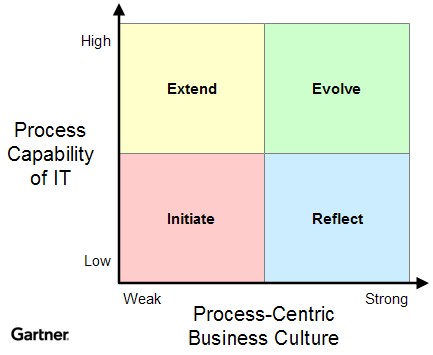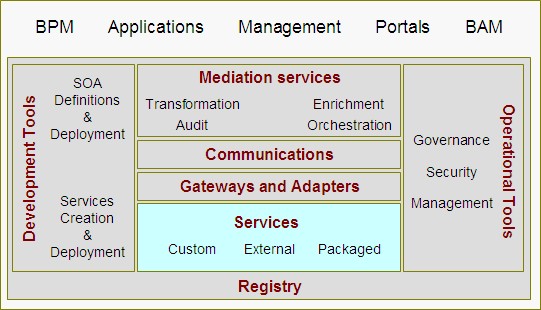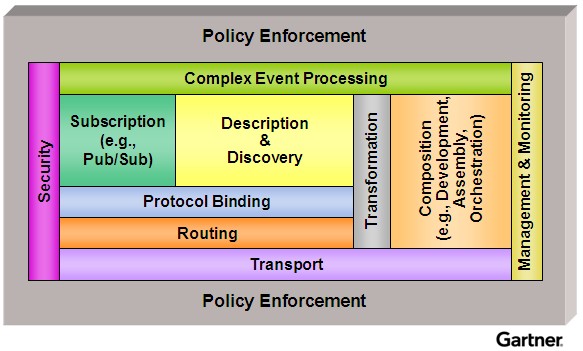I know, it’s already the third (and last) day of the Gartner BPM conference and I’m still blogging about day 1 — consider that to be a good reflection on the sessions that I don’t have lots of time to blog about them because I’m too busy listening to them. I’m comfortably ensconced in my “Nashville office”, a.k.a., the women’s restroom right beside the main conference rooms. You men may not realize it, but the women’s facilities in most large hotels include a lounge with comfy chairs, a few side tables, a box of tissues (in case a presentation brings you to tears, I suppose) and sometimes even flowers. This one also happens to have power for my laptop and a full-strength wifi connection — sometimes gender discrimination works in our favour. 🙂
One of my favourite sessions on Monday was by Janelle Hill: “Leveraging Existing IT Assets in BPM Initiatives.” For an analyst, Hill has a very practical view on BPM implementations, and her session was focussed on changing the behaviour of systems by putting a services face on some of those old legacy applications to allow them to participate in BPM. She discussed three basic strategies:
- Surrond strategy, where the legacy system is wrapped with a services layer and BPM is used to streamline the exceptions that are triggered by the legacy applications. I’ve done an implementation of exactly this strategy in many cases; one example is the claims processing functionality in an insurance company, where exceptions that are raised in their mainframe-based auto-adjudication system are picked up by a BPM system and routed to the appropriate people (and services) for manual adjudication or data repair-and-resubmit.
- Extend strategy, where the previously unautomated steps are automated — often paper-based steps such as data collection forms, or ad hoc human processes such as collaboration. Case management, something that I work on with all of my insurance customers, as well as other financial services falls into both of those categories: it’s often a loosely structured process that is tracked on paper, since older systems didn’t lend themselves well to enabling this type of functionality.
- Leverage-what-you-have strategy, where the legacy databases are integrated directly (usually for read-only operations), or the legacy functions are called via EAI-type adapter technology. I see direct access of legacy databases quite commonly for consolidated reporting, for example.
I’m not sure that the lines are so clearly drawn between each of these three strategies: the distinction between the type of functions that would constitute surrond versus extend is fuzzy in a lot of areas, and the technologies used for surrond and leverage-what-you-have can overlap significantly. However, it’s a useful categorization to start looking at how to start eating the legacy system integration elephant.
I also like Hill’s definition of SOA — an architectural style that is modular, distributable and loosely coupled — because it (rightly) takes the focus away from specific products or technologies. She goes on to define a service, or component, as a software process that acts in response to a request, and a web service as a special case that uses specific protocols and standards. Again, this takes the focus away from web services specifically in favour of just services, something that is essential if you want to maintain flexibility in how you create and consume services both inside and outside your organization. Consider that mashups typically consume services that use lighter-weight protocols than web services, for example.
One of the lessons to take away from this is that SOA and BPM can be done independently, but when combined, the whole is much greater than the sum of the parts. SOA provides the framework for creating services that will be consumed (assembled and orchestrated) by BPM; in turn, BPM puts a human face on SOA which makes it easier for the business to understand.
I’m off to the airport, so this conference is over for me. The blogging, however, goes on…



